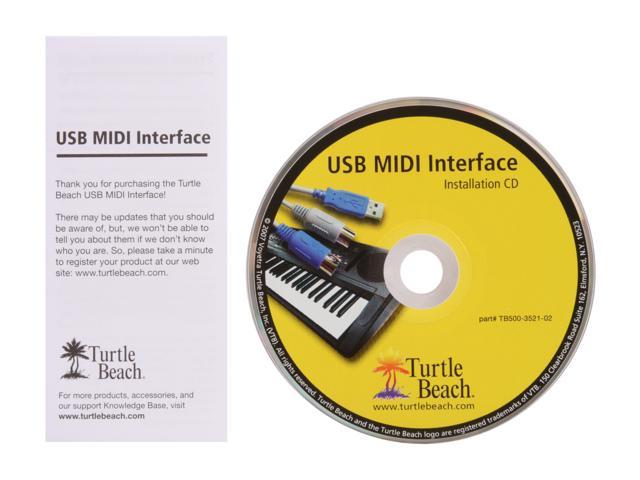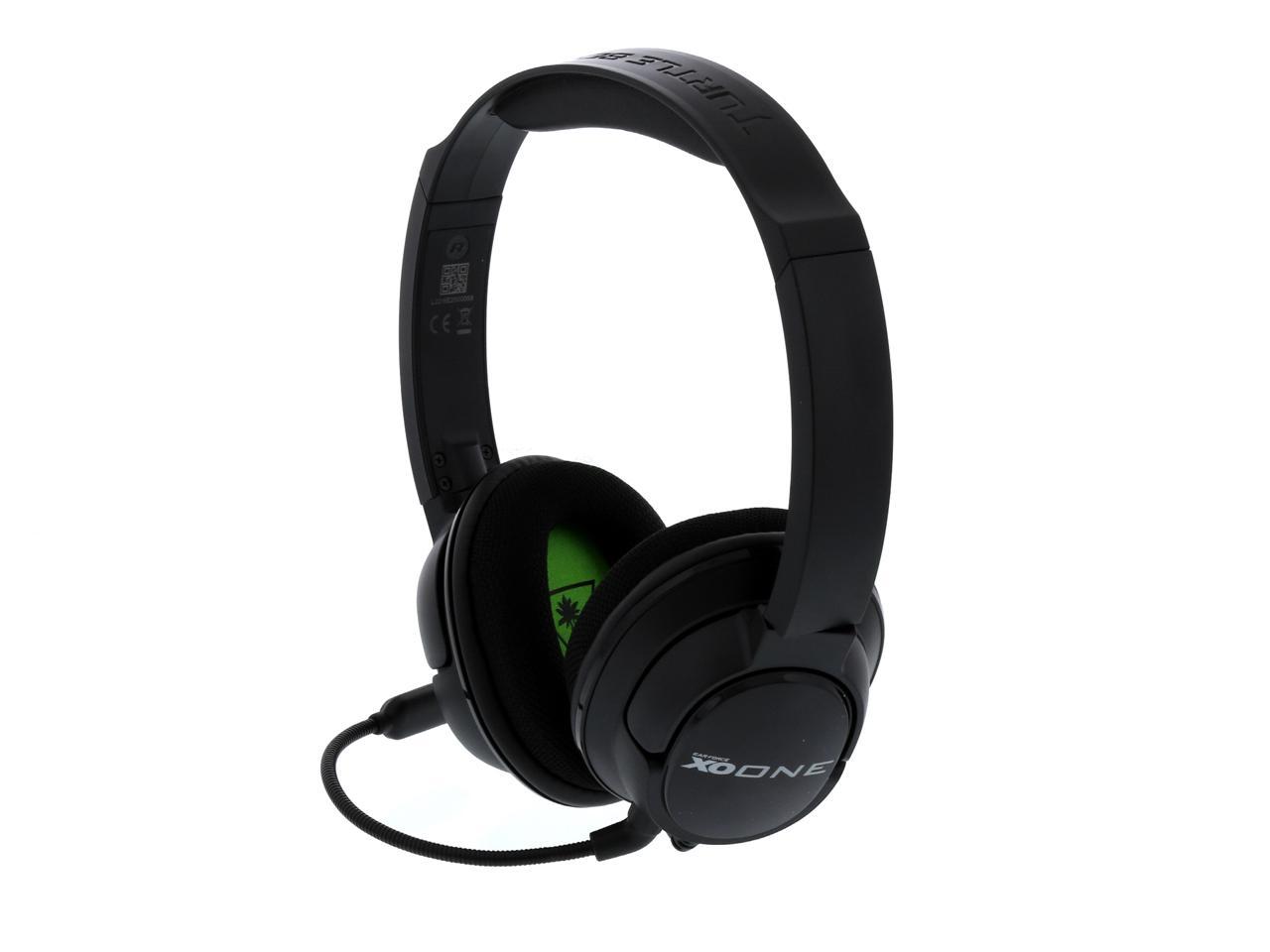

- TURTLE BEACH USB MIDI 1X1 SOFTWARE
- TURTLE BEACH USB MIDI 1X1 PC
- TURTLE BEACH USB MIDI 1X1 PROFESSIONAL
Octave Electronics was renamed Octave-Plateau Electronics and the manufacturing operations moved to Plateau’s facility in Manhattan.
TURTLE BEACH USB MIDI 1X1 PROFESSIONAL
To avoid shutting down the company, Carmine negotiated a buy-out of their shares by Plateau Electronics, a Manhattan-based synthesizer repair facility that catered to professional musicians performing in the NYC area. In 1979, Carmine’s Syn-Cordion partners grew tired of the highly competitive synthesizer business and wanted to return to their roots of importing musical instruments. Octave-Plateau Electronics and the Voyetra 8 Synthesizer Ironically, ARP eventually went bankrupt while Octave Electronics evolved through the years and continues to thrive as a successful company under the name Turtle Beach Corporation. Thereafter, several ARP employees falsely spread rumors that ARP had sued Octave for copying the Odyssey. ARP subsequently dropped the lawsuit when presented with evidence that the Cat duophonic keyboard was based on prior art that predated the ARP patent. In an apparent attempt to slow down sales of the Cat, which were adversely affecting sales of their Odyssey synthesizer, ARP sued Octave claiming that the Cat’s duophonic keyboard infringed an ARP patent. The original Cat incorporated an analog duophonic keyboard design commonly used on synthesizers at the time. Because it offered similar features at a significantly lower price, the Cat quickly became popular with musicians who wanted a performance synthesizer but could not afford the higher priced alternatives. The original Cat synthesizer was priced at $599 when most competing synthesizers were selling for more than $1500. However, this project was put on hold while the company transitioned to become Octave-Plateau Electronics.

In 1978, Carmine began designing the Voyetra 8 polyphonic synthesizer which was based on the Cat SRM voice architecture. In 1978, Carmine replaced the original Cat with a more feature rich version called the Cat SRM and in 1980 he designed a new version with a digital keyboard, called the Cat SRM II. Octave debuted the Cat at the 1976 NAMM show and shipments began later that year. Together, they formed a new company, Octave Electronics, Inc., to manufacture and market the Cat synthesizer.

After graduating in 1975, Carmine built a prototype of the Cat Synthesizer and presented it to the owners of Syn-Cordion as a new product that could be sold to music stores who were customers of Syn-Cordion. While in college, Carmine worked part-time as an electronics technician for the Syn-Cordion Corporation, an importer of electronic musical instruments in Queens, NY. Octave Electronics and the Cat Synthesizer After hearing the Moog synthesizer on Wendy Carlos’ Switched on Bach album, Carmine built a sophisticated modular synthesizer whose circuit design served as the basis for the Cat Synthesizer. While performing in Greenwich Village in the late 1960’s, Carmine heard the electronic music duo “Silver Apples” and was inspired to build electronic music devices that he used in performances with his band. During that time, he built a variety of electronic devices for his band, including guitar amplifiers, effects boxes, synthesizers, PA systems and a multitrack recording studio. While in Junior High School, he learned to play guitar and founded a rock band that performed in the NY metropolitan area from 1966 to 1975.
TURTLE BEACH USB MIDI 1X1 PC
9 Turtle Beach Acquisition and PC Sound Cards.
TURTLE BEACH USB MIDI 1X1 SOFTWARE


 0 kommentar(er)
0 kommentar(er)
